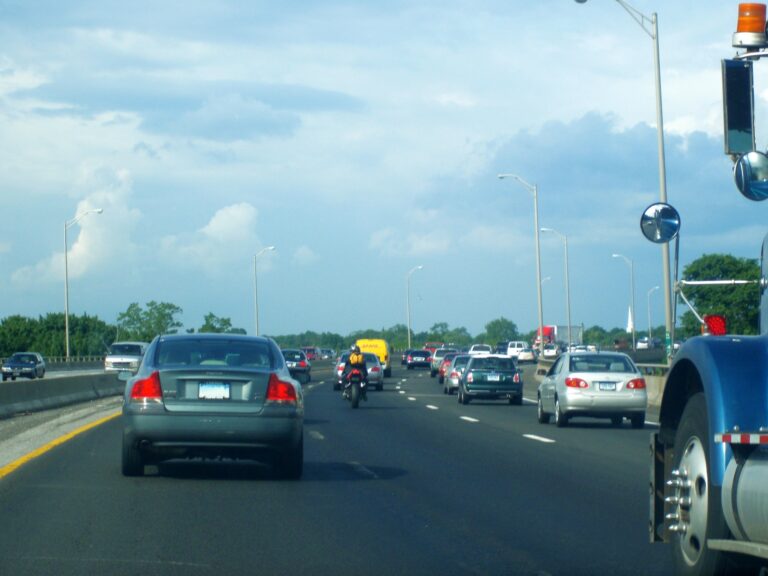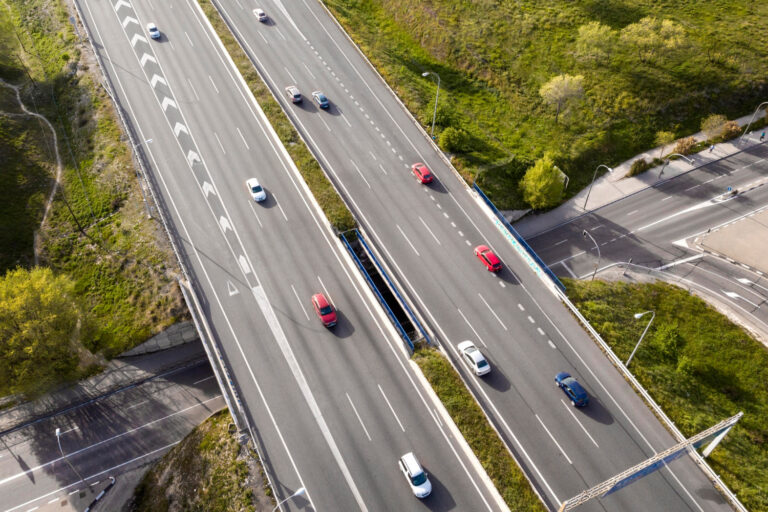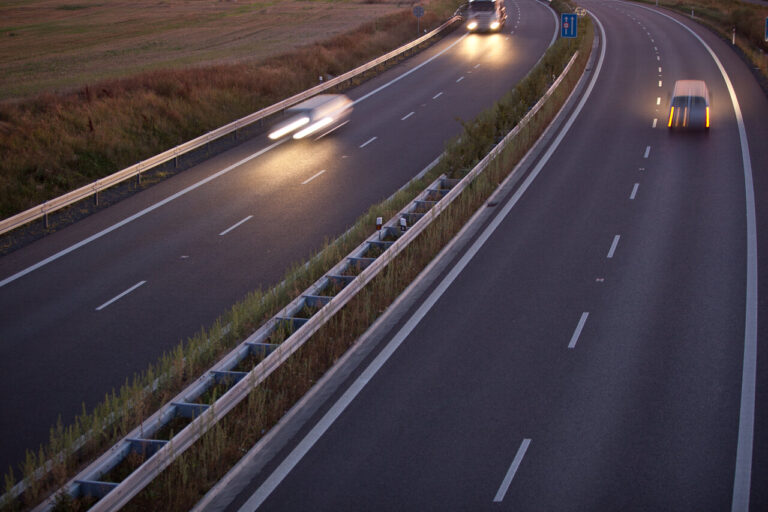Understanding California’s Carpool (HOV) Lane Violations and How We Can Help You Contest Them
With California’s nation-leading traffic congestion, carpool or High Occupancy Vehicle (HOV) lanes have emerged as a partial solution to ease the burden on commuters and the environment. These designated lanes incentivize carpooling by allowing vehicles with multiple passengers to bypass traffic and enjoy a quicker commute. However, for solo drivers tempted to take advantage of these lanes, violating California’s carpool lane laws can result in hefty fines and potential points on your driving record. As such, it is essential to familiarize yourself with the rules governing carpool lanes and know your rights when it comes to contesting citations.
In this guide, we will explore the ins and outs of California carpool lane regulations, including the legal requirements for carpool lanes, common violations, and the consequences of receiving a citation. Additionally, we’ll delve into how our expert legal team can help you contest carpool lane violations, providing tailored defense strategies and representation to safeguard your driving record and privileges.
Whether you have recently been cited for a carpool lane violation or you’re simply looking to expand your knowledge about California traffic laws, our guide will equip you with the insights and resources needed to navigate this complex area of law and make informed decisions about your driving behavior.
Stay tuned as we discuss California’s carpool lane laws, the potential consequences of violations, and how our legal expertise can be your strongest ally in defending your rights and contesting unjust citations.
Carpool Lane Requirements and Regulations in California
To better understand carpool lane regulations and avoid violations, it’s crucial to be aware of the specific requirements for California’s HOV lanes:
1. Occupancy Requirements: Carpool lanes in California typically require a minimum of two occupants per vehicle, including the driver. However, some locations may have stricter requirements, mandating a minimum of three occupants. Be sure to familiarize yourself with the occupancy requirements of your specific commute route.
2. Vehicle Eligibility: In addition to carpools, certain vehicles may be permitted to use HOV lanes, such as motorcycles, transit buses, and vehicles with specific Clean Air Vehicle (CAV) decals issued by the California Department of Motor Vehicles.
3. Carpool Lane Hours: While some carpool lanes are enforced 24/7, others operate during peak hours, typically from 5:00-9:00 a.m. and 3:00-7:00 p.m. on weekdays. Outside of these hours, solo drivers may use these lanes without penalty. Be mindful of the posted signs to determine whether a carpool lane is in effect at the given time.
Common Carpool Lane Violations and Consequences
Violating carpool lane regulations can lead to a range of penalties, including fines, demerit points on your driving record, and increased insurance premiums. Some common carpool lane violations include:
1. Insufficient Occupants: Driving in a carpool lane without meeting the required occupancy threshold is the most common violation. This can result in a fine of approximately $490, though penalty amounts may vary depending on the county.
2. Crossing Double Lines: Entering or exiting a carpool lane by crossing double solid yellow or white lines is also a punishable offense in California. This violation can result in a fine of around $230.
3. Illegal Entry or Exit: Entering or exiting a carpool lane outside of designated entry or exit points is strictly prohibited and can lead to fines and penalties similar to those of line-crossing violations.
Contesting a Carpool Lane Violation in California
If you’ve been cited for a carpool lane violation and believe the citation was unjust, our experienced legal team can help you contest the citation and protect your driving privileges:
1. Evaluate the Citation: Examine the details of the citation, including the specific violation, location, date, and time. It is important to gather all relevant evidence, such as witness statements or traffic camera footage, to support your defense.
2. Understand Possible Defense Strategies: Collaborate with our legal team to identify potential defense strategies specific to your case. Common defenses for carpool lane violations include proving that you met the occupancy requirements, demonstrating that the carpool lane was not operational at the time of the violation, or arguing that the officer issuing the citation made a mistake.
3. Present Your Defense: With our legal team’s guidance, develop a strong defense and present the case in traffic court, either in person or via a written statement, known as a “Trial by Written Declaration.”
Carpool Lane Violation Prevention Tips
Taking a proactive approach to avoiding carpool lane violations can save you time, money, and stress. The following tips can help you stay on the right side of the law:
1. Plan Your Route: Familiarize yourself with the carpool lanes on your regular commute and their specific requirements, such as occupancy levels and hours of operation.
2. Utilize Wayfinding Apps: Many navigation apps can inform you of carpool lane rules and requirements, helping you decide when and where to enter or exit a carpool lane legally.
3. Stay Up-To-Date with Traffic Regulations: Regularly reviewing California traffic laws and regulations can help you stay informed about changes in carpool lane rules and avoid unintentional violations.
Safeguard Your Driving Record with Our Expert Legal Assistance
Navigating California’s carpool lane regulations may seem daunting, but with the right knowledge and guidance, you can confidently avoid or contest carpool lane violations. Should you find yourself facing a citation you believe to be unjust, trust our traffic violation attorney to defend your rights, contest the charge, and preserve your driving privileges. Contact Mr. Ticket today.






